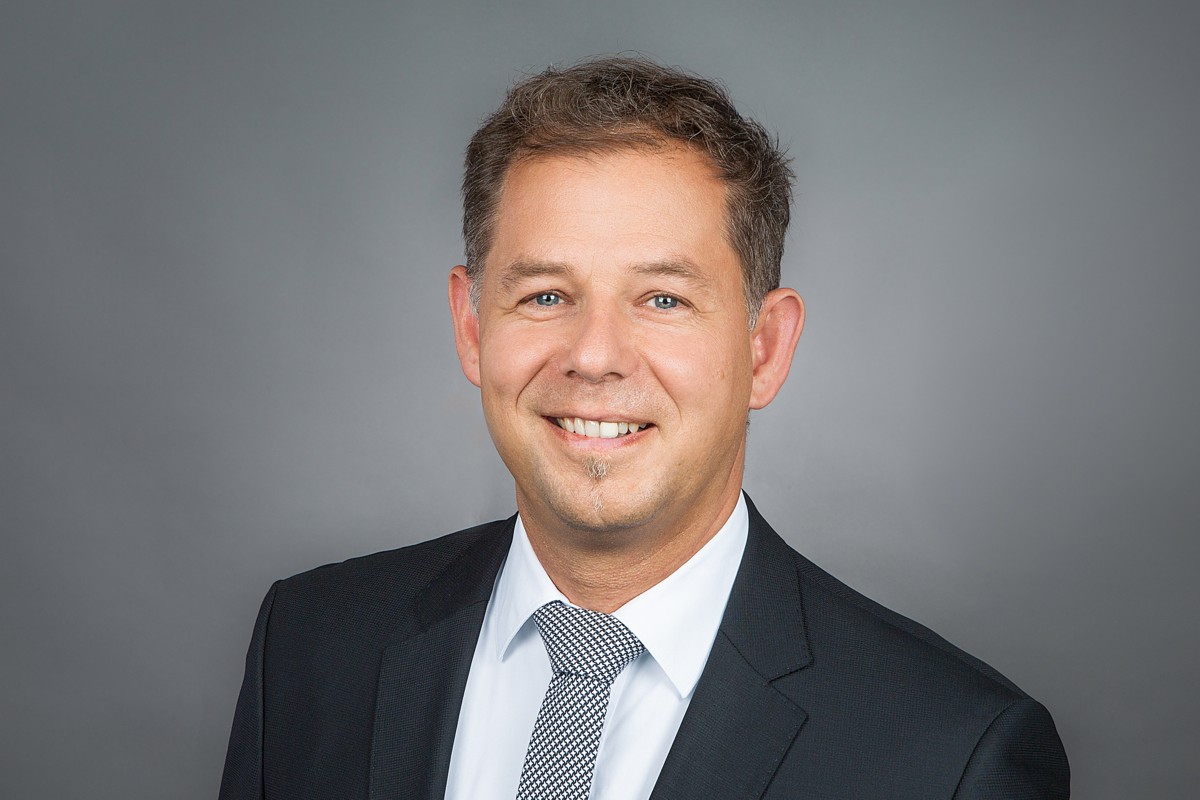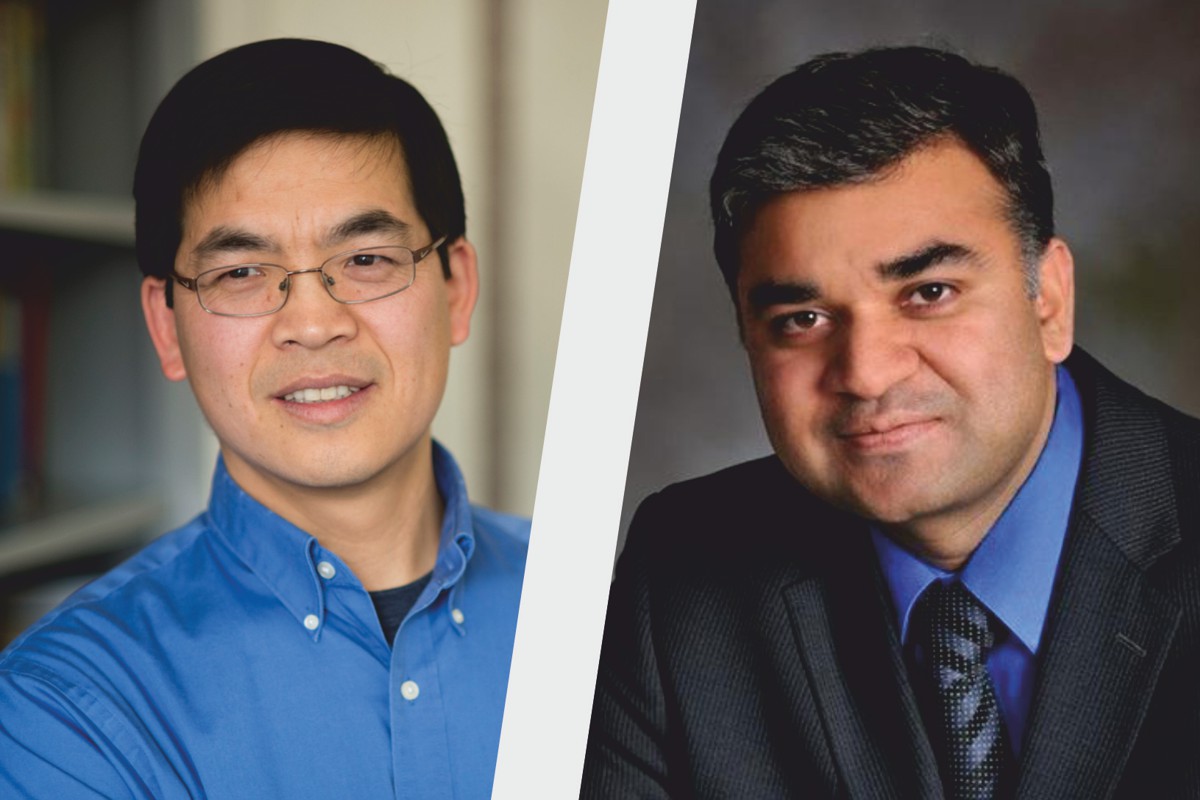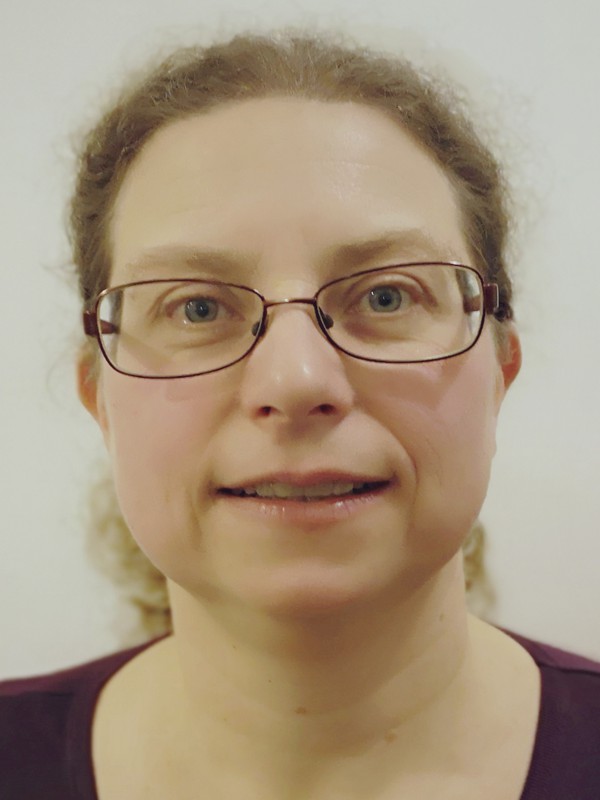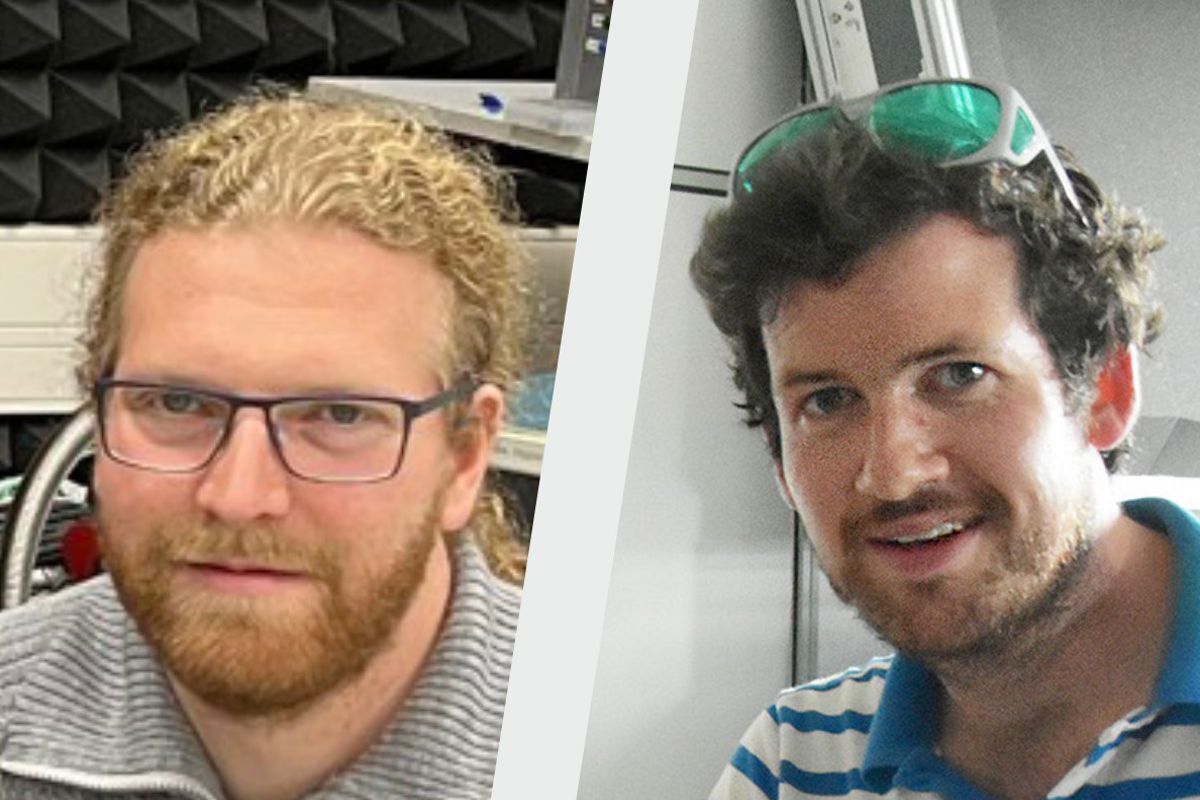Special Colloquium for Eckhard Quandt
The "Key Points" at a Glance
- Date: 06.05.2022 (Friday)
- Time: 18:00 h - open end
- Place: Wissenschaftszentrum, Fraunhoferstraße 13, 24118 Kiel (map)
Program
| Time | Topic | Presenters |
|---|---|---|
| 18:00 Uhr - 18:10 Uhr | Introduction to the CRC 1261 | Gerhard Schmidt |
| 18:10 Uhr - 18:25 Uhr | Biomagnetic Sensing in Kiel - How Everything Began | Franz Faupel |
| 18:25 Uhr - 18:30 Uhr | Video Messages - Part I | Dennis Seidler |
| 18:30 Uhr - 18:50 Uhr | Building Lasting International Friendships and Collaborations | Shashank Priya (Penn State University) and Nian Sun (Northeastern University) |
| 18:50 Uhr - 19:05 Uhr | Collaborative Research Centers - A DFG Point of View | Cosima Schuster |
| 19:05 Uhr - 19:10 Uhr | Video Messages - Part II | Dennis Seidler |
| 19:10 Uhr - 19:25 Uhr | Magnetic Sensing from a PhDs' / Postdocs' Perspective | Henrik Wolframm and Patrick Hayes |
| 19:25 Uhr - 19:30 Uhr | Closing | Gerhard Schmidt |
| 19:30 Uhr (open end) | Snacks and Drinks | All of us |
Registration
It is necessary that you register yourself and also accompanying persons. For registration please fill out this form before 20.04.2022.
Details
Gerhard Schmidt: The CRC 1261
 Bevor we start with the main program, the CRC 1261 will be shortly introduced. There will be not much details about it, but the some of our spefific "features", such as the question why "1 + 1 = much more than 2", will be highlighted.
Bevor we start with the main program, the CRC 1261 will be shortly introduced. There will be not much details about it, but the some of our spefific "features", such as the question why "1 + 1 = much more than 2", will be highlighted.
Franz Faupel: Biomagnetic Sensing in Kiel - How Everything Began
 In a rather personal view, the author will look back to the early days of biomagnetic sensing in Kiel and the crucial role Eckhard Quandt played in establishing this field as a research focus at the University. Everything began with an invitation of the author to the Center of Advanced European Study and Research (CAESAR) in Bonn, where Eckhard was a group leader before his appointment in Kiel, and a resulting first joint research project funded by the German Science Foundation, which already involved a colleague from electrical engineering, Reinhard Knöchel. Later, a meeting of Eckhard and the author with Ulrich Stephani and Günther Deuschl from neurology paved the way for the first Collaborative Research Center CRC 855 on biomagnetic sensing. It can be considered a milestone for research across departments at the Faculty of Engineering and across faculties on the university level. It is closely related to the establishment of the university-wide research focus “Nanoscience and surface engineering”, where Eckhard served as spokesman, and which was the predecessor of the current Research Focus “Kiel Nano Surface and Interface Science” (KINSIS). With the follow-up, Collaborative Research Center CRC 1261, which would not have been possible without Eckhard’s remarkable perseverance and innovation, biomagnetic sensing continues to be a main driving force for excellent research in Kiel until now.
In a rather personal view, the author will look back to the early days of biomagnetic sensing in Kiel and the crucial role Eckhard Quandt played in establishing this field as a research focus at the University. Everything began with an invitation of the author to the Center of Advanced European Study and Research (CAESAR) in Bonn, where Eckhard was a group leader before his appointment in Kiel, and a resulting first joint research project funded by the German Science Foundation, which already involved a colleague from electrical engineering, Reinhard Knöchel. Later, a meeting of Eckhard and the author with Ulrich Stephani and Günther Deuschl from neurology paved the way for the first Collaborative Research Center CRC 855 on biomagnetic sensing. It can be considered a milestone for research across departments at the Faculty of Engineering and across faculties on the university level. It is closely related to the establishment of the university-wide research focus “Nanoscience and surface engineering”, where Eckhard served as spokesman, and which was the predecessor of the current Research Focus “Kiel Nano Surface and Interface Science” (KINSIS). With the follow-up, Collaborative Research Center CRC 1261, which would not have been possible without Eckhard’s remarkable perseverance and innovation, biomagnetic sensing continues to be a main driving force for excellent research in Kiel until now.
Dennis Seidler: Video Messages
 During the preparation phase of this event, the idea came up that some people will not be available during the time when this event takes place. In order to give them a chance to send also some greetings/sentences to Eckhard Quandt, we offered the possibility of sending us video messages. Since we received to much to show them all, I will select a few of them and show it to in this "slot" of the event. At the end of the event, this website will be updated and you (and Eckhard Quandt of course) can see all of them.
During the preparation phase of this event, the idea came up that some people will not be available during the time when this event takes place. In order to give them a chance to send also some greetings/sentences to Eckhard Quandt, we offered the possibility of sending us video messages. Since we received to much to show them all, I will select a few of them and show it to in this "slot" of the event. At the end of the event, this website will be updated and you (and Eckhard Quandt of course) can see all of them.
Shashank Priya and Nian Sun: Building Lasting International Friendships and Collaborations
 International relations are the most complex form of relationships due to the differences in language, culture, food, lifestyle, religions, etc. However, science is one way to remove all these barriers and complexities and create a pathway for common language and co-existence. Science provides us the ability to connect with everyone and immediately start a conversation. To fully exploit the power of science, one also needs to have an open mind to a range of societal issues, the ability to listen and respond with creative thoughts, a trusting personality, high ethical standards, teamwork, and, more importantly, caring nature. Combination of these personal traits and the highest level of science results in leaders that shape the global community. These are science leaders that define their generation of thinkers that impact global wellbeing. A living example of such a science leader is Prof. Quandt. We are grateful for his outstanding leadership and contributions that have created opportunities for many scientists around the world. In this presentation, we will describe some of the ways in which he has impacted our careers and shown us the pathway to perform at the highest levels. We are thankful for his partnership and friendship.
International relations are the most complex form of relationships due to the differences in language, culture, food, lifestyle, religions, etc. However, science is one way to remove all these barriers and complexities and create a pathway for common language and co-existence. Science provides us the ability to connect with everyone and immediately start a conversation. To fully exploit the power of science, one also needs to have an open mind to a range of societal issues, the ability to listen and respond with creative thoughts, a trusting personality, high ethical standards, teamwork, and, more importantly, caring nature. Combination of these personal traits and the highest level of science results in leaders that shape the global community. These are science leaders that define their generation of thinkers that impact global wellbeing. A living example of such a science leader is Prof. Quandt. We are grateful for his outstanding leadership and contributions that have created opportunities for many scientists around the world. In this presentation, we will describe some of the ways in which he has impacted our careers and shown us the pathway to perform at the highest levels. We are thankful for his partnership and friendship.
Cosima Schuster: News from DFG
 The German Research Foundation (DFG) is the central funding organization for basic research in Germany. As a self-governing organization for science and research it offers a broad spectrum of funding opportunities from individual grants to larger coordinated programs. Thereby, DFG funding shall enable interdisciplinary and international cooperation between researchers. The talk will give a short overview of recent developments in this contexts. In addition, handling of research data, diversity aspects, and sustainability are given special considerations.
The German Research Foundation (DFG) is the central funding organization for basic research in Germany. As a self-governing organization for science and research it offers a broad spectrum of funding opportunities from individual grants to larger coordinated programs. Thereby, DFG funding shall enable interdisciplinary and international cooperation between researchers. The talk will give a short overview of recent developments in this contexts. In addition, handling of research data, diversity aspects, and sustainability are given special considerations.
Henrik Wolframm and Patrick Hayes: Magnetic Sensing from a PhDs' / Postdocs' Perspective
 New Ways of Magnetic Field Generation (Henrik Wolframm)
New Ways of Magnetic Field Generation (Henrik Wolframm)
Although magnetic field sensors are primarily used to measure external magnetic fields, there is a need to expose them to an additional known magnetic field. The type and magnitude of this field is determined by both the operation of the sensitive element and the application of the sensor system. Frequencies and field strengths range from DC and a few mT, for bias fields to set the operating point, to signals in the kHz range and a strength of a few µT or nT for the generation of test, calibration or modulation signals. Classically, the required fields are generated with cylindrical coils wound around the sensitive element. These coils have some crucial disadvantages: Their production is complex and therefore expensive. In particular, hand-wound coils are only reproducible to a limited extent and exhibit a high degree of variability with regard to their magnetic and electrical properties. And they are space-consuming, meaning that the minimum distance between two sensitive elements or between the sensitive element and the object to be measured is increased.
In this presentation, the path from a problem to new and innovative solutions within the CRC will be outlined. The disadvantages of cylindrical coils are exemplary for this.
Electrically Modulated Sensors, the Pathway from Sol-gel Over Fractured Silicon to Biomagnetic Measurements (Patrick Hayes)
From the beginning of the idea of quartz based electrically modulated ME sensors in PAK 902 and its progression until practical feasibility in CRC 1261 under A7 Project of Eckhard Quandt, the concept, and thus the speakers thesis, is briefly recapped. A fruitful story of joint efforts by a interdisciplinary research team on biomagnetic sensing in Kiel.
Videos
Several of the invited guests for this special colloquium send videos. You can find them on this webpage.
Some Pictures




